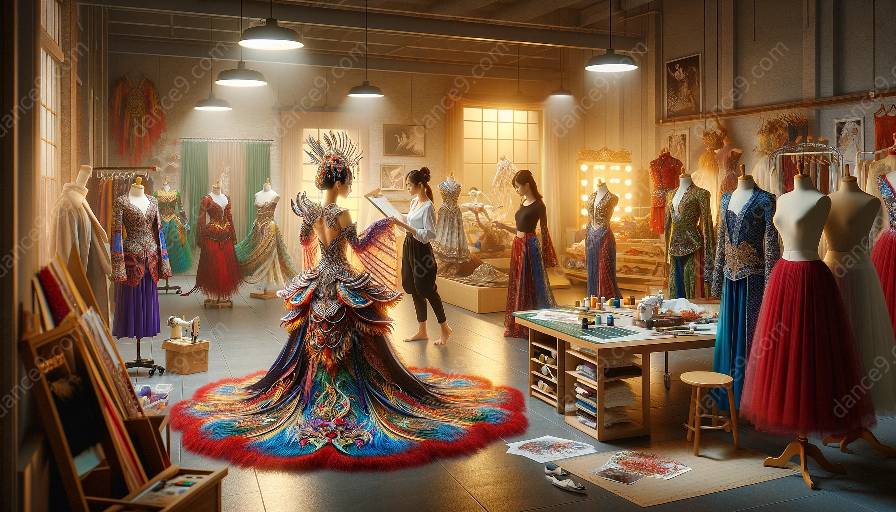When it comes to dance, costume design plays a crucial role in bringing a choreographer's artistic vision to life. The choice of costumes can greatly impact the overall aesthetic and storytelling of a dance performance.
Costumes serve as an extension of the choreographer's expression, helping to convey emotions, movements, and themes. They contribute to the visual narrative, enhancing the audience's understanding and connection to the dance piece.
The Fusion of Dance and Costume Design
Choreographers often work closely with costume designers to create a cohesive visual experience for the audience. The synergy between dance and costume design allows for seamless integration, where the costumes not only complement the choreography but also elevate it.
Symbolism and Expression
Costumes can be symbolic, representing specific themes or concepts within a dance piece. Whether through color, texture, or design, they contribute to the portrayal of characters and enhance the overall atmosphere of the performance. The costumes become an integral part of the storytelling, adding depth and nuance to the choreographer's vision.
Enhancing Movement and Form
Costume design takes into account the movement and physicality of the dancers. The choice of fabrics and construction of costumes can accentuate the dancers' movements, highlighting the lines, shapes, and dynamics of the choreography. A well-designed costume not only complements the dance movements but also becomes an essential element in the visual composition.
Cultural and Historical Context
In certain dance styles, costumes reflect the cultural and historical origins of the choreography. They provide a visual link to the traditions and narratives associated with the dance, serving as a means of preserving and showcasing cultural heritage. Costume design, in this context, becomes a medium through which the choreographer communicates the authenticity and richness of the dance form.
The Evolving Role of Costumes
As dance continually evolves, so does costume design. Contemporary choreographers often push boundaries with innovative costume concepts, incorporating technology, unconventional materials, and avant-garde aesthetics. The dynamic relationship between dance and costume design continues to inspire fresh interpretations and creative possibilities.











































